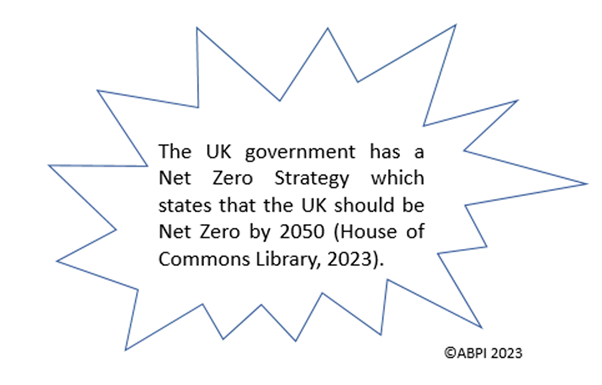This topic takes on average 45 minutes to read.
There are a number of interactive features in this resource:
 Science
Science
 Biology
Biology
 Chemistry
Chemistry
The increased greenhouses gases and subsequent temperature rises are having an impact on photosynthesis. The rate of photosynthesis is also having an impact on the rate of global warming.
As plants use carbon dioxide for photosynthesis, and carbon dioxide is a greenhouse gas, photosynthesis helps to reduce the greenhouse gases in the atmosphere. That is why many organizations are choosing to plant trees to reduce global warming. This is called reforestation and can sometimes be called carbon offsetting, and it is a key strategy to help reach net zero.
As plants take in carbon dioxide, they are known as carbon sinks. The more carbon sinks, the closer we will be to reaching net zero.
Plants releasing oxygen through photosynthesis also ensures that there is enough oxygen for animals to breathe and use for respiration.

Leaves have adapted over time to be flat and have a large surface area so that they can capture sunlight for photosynthesis. However, this means that they are also susceptible to heat stress, which is more likely due to by global warming.
To allow the chemical reaction of photosynthesis to take place, there are lots of different proteins called enzymes inside the leaf. All of these need a particular temperature to work well.
If the temperature is too hot, these enzymes can denature. This is likely to happen during a heat wave which makes the temperature very different to what it is usually, and these weather events are becoming more common due to global warming.
If the enzymes denature, then photosynthesis cannot happen. This means that the plant cannot make it’s own food anymore and may die.
Water is needed for photosynthesis; it is a reactant in this chemical reaction. Without it, photosynthesis cannot happen.
However, the increased temperatures from global warming are altering the water cycle and making droughts more likely.
As plants cannot photosynthesize without water, this means that the plants die.
As global warming can reduce the rate of photosynthesis, and plants are needed to reduce global warming, this is a self-perpetuating cycle. Plants die as they cannot photosynthesize which means that less CO2 can be removed from the atmosphere.
References:
House of Commons Library (2023) Government policy on reaching Net Zero by 2050. Available at: https://commonslibrary.parliament.uk/research-briefings/cdp-2023-0124/ (Accessed: 11/10/2023)